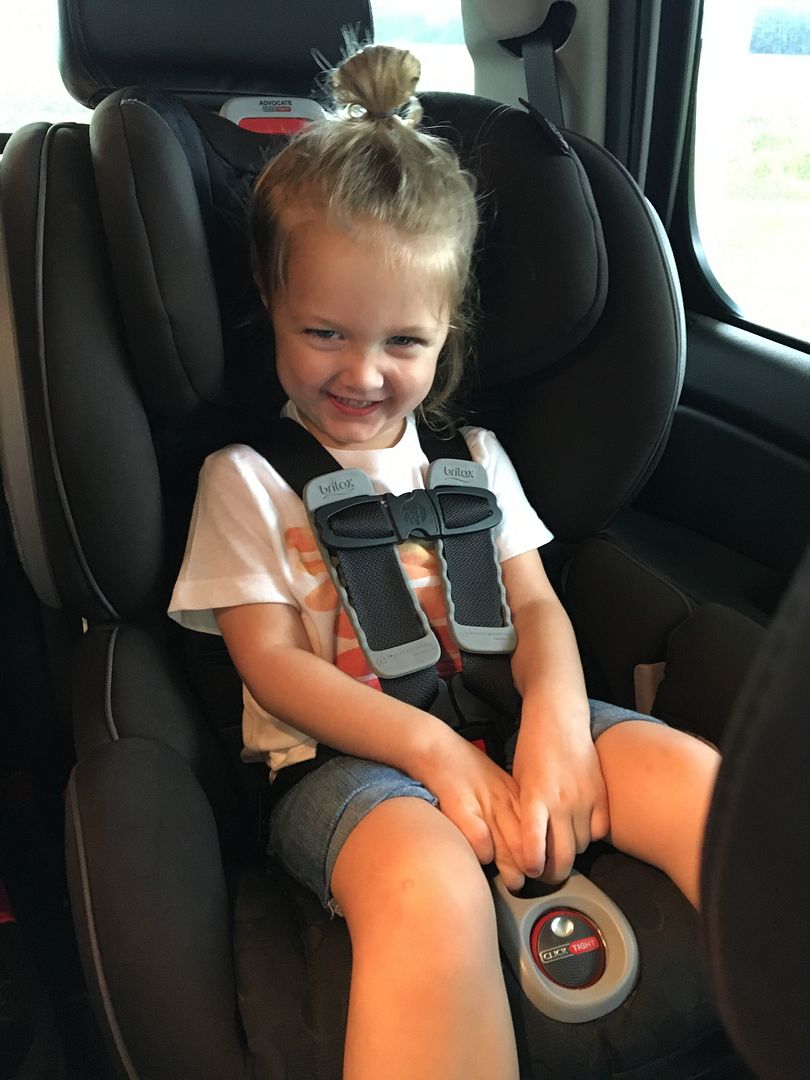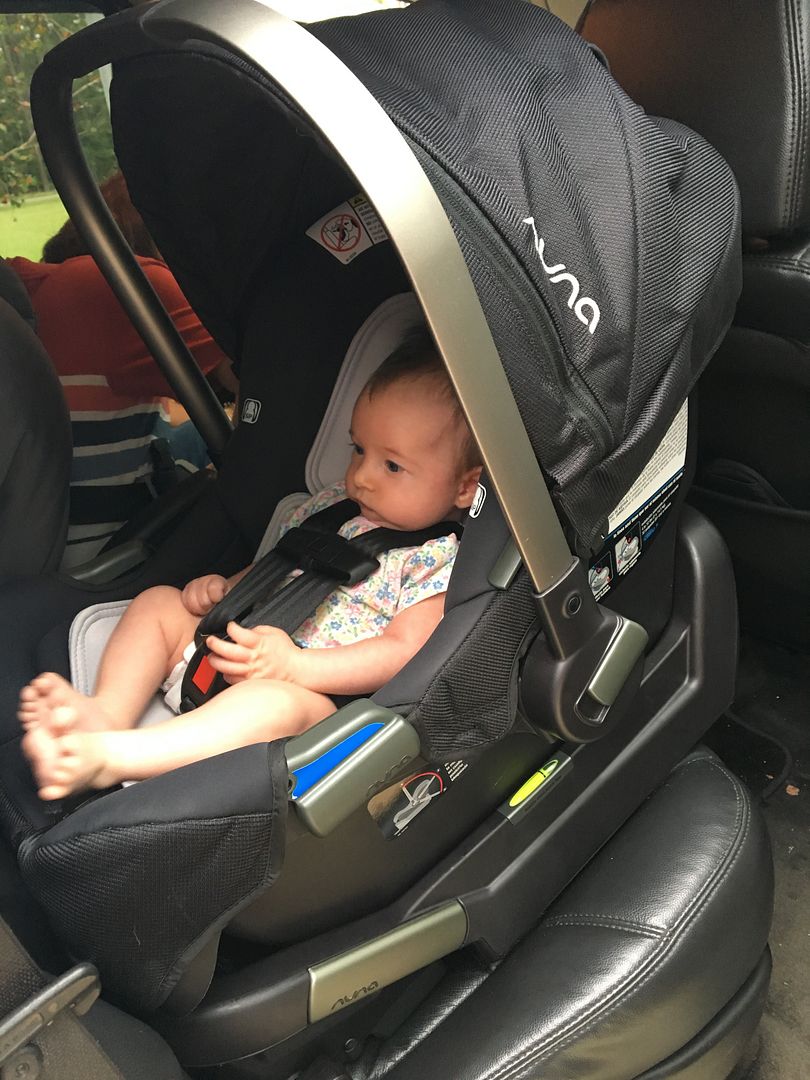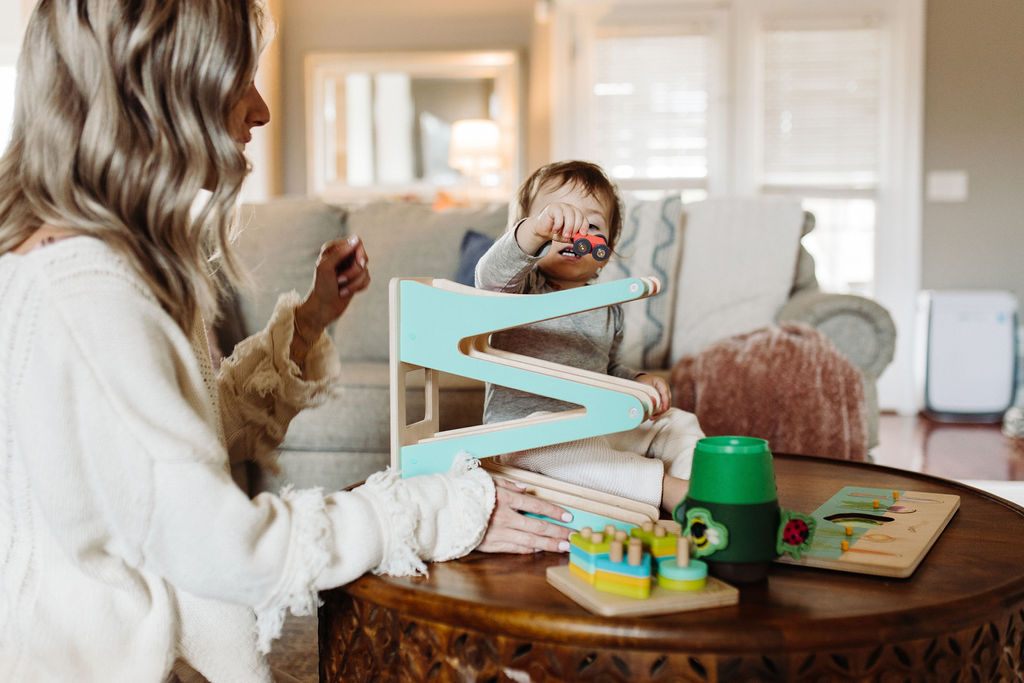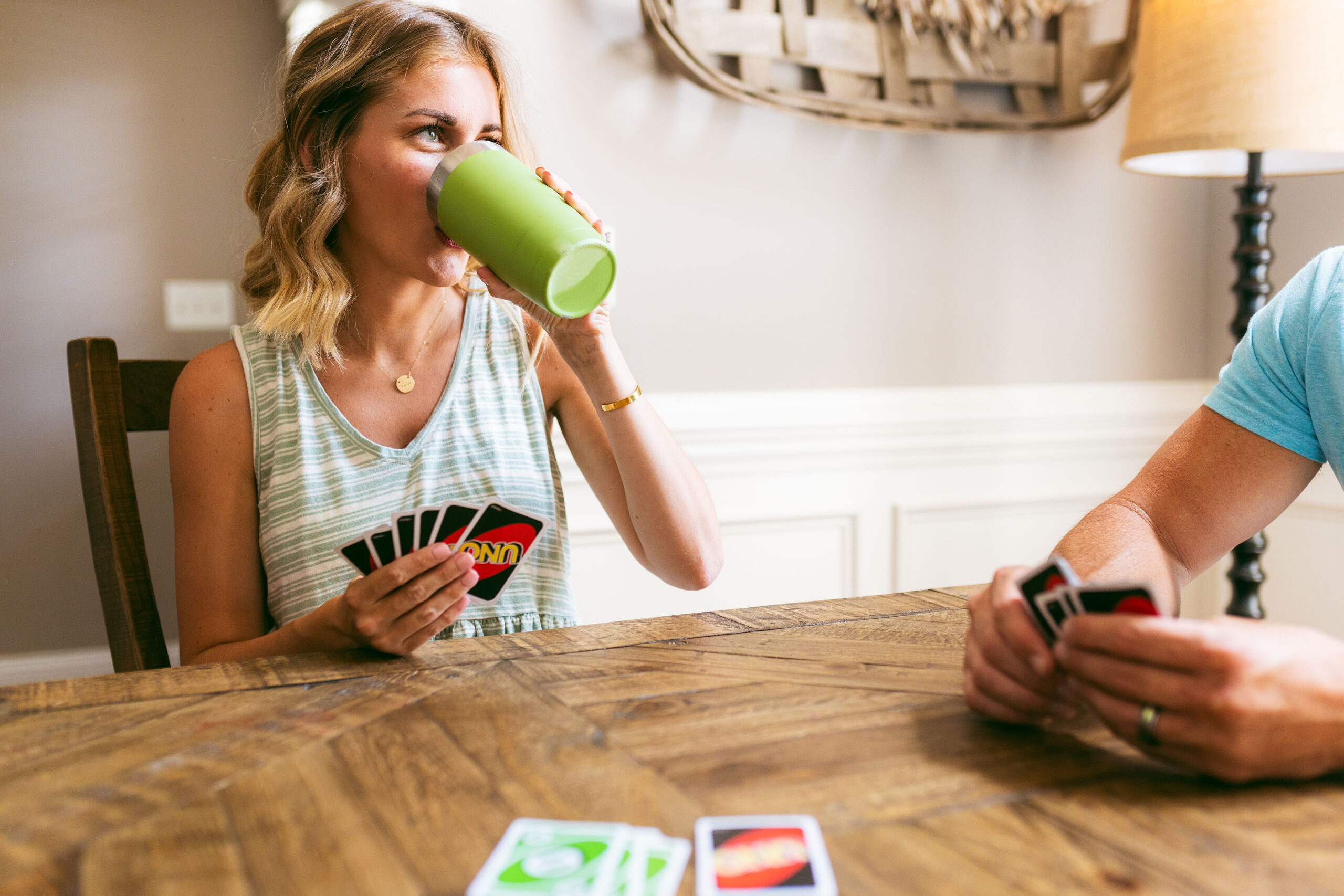
Car seat safety: what I’ve learned as a Mom of Three
I’ve had numerous questions about our car seat situation and because it is National Child Safety month I feel there is no better time to share! When Nolan was born I was really uneducated about car seats and just went with the one that I thought was the cutest. I had the little bear strap covers that I thought were great because they were soft and they would protect his neck from the rough straps. I was so wrong because those cute little strap covers caused the chest clip to only come up to his belly. There’s a a reason it’s called a chest clip y’all!
In a car crash, if the chest clip is at the correct height, it protects the child from being projected forward. If the chest clip is at stomach height, it can cause internal bleeding to their internal organs in the child’s abdomen region which is not protected by their ribcage. Now that I know this and have watched several videos and seen news stories about children being severely injured from the wrong placement of their chest clip, I am so particular about the chest clip being at the correct height.
The other thing that I wish I had researched was what type of car seat is appropriate for what age and when to turn them from rear facing. It’s important that children are using the correct car seat for their age because if not, this can cause them serious injuries or in extreme cases, death in car accidents.
From 0-2 years of age, children should be rear facing. Point blank, period, exclamation point! It is even recommended that children should rear face until the age of four! Many babies outgrow infant car seats before they turn two so a convertible or 3-in-1 car seat is needed to continue to rear face. I often hear “they are so happy now that I’ve turned their car seat around” but that’s not the point, would you rather your child be forward facing or alive and protected in a car accident? Children are five times safer in a car crash when rear facing then when they are forward facing! Their hip bones are not fully developed and their necks are more likely to be damaged when forward facing before they are supposed to!

From ages 2 to 7, children should be seated in a convertible car seat or 3-in-1. I have seen several children of people that I know sitting in booster seats at the age of three. Just because they meet the weight requirement, does NOT mean that they should sit in a booster seat for any reason. A child should only sit in a booster seat once they are able to pass the five step test. 1. Is their back against the vehicle? 2. Do their knees bend at the edge of the seat? 3. Is the seat belt setting low on the tops of the thighs? 4. Is the shoulder belt resting between their neck and their shoulder? 5. Are they sitting properly and not slouching or leaning over?
Moving a child to a booster seat gives them freedom that they’ve never had before: freedom to lean sideways, slouch, bother their sister, pick up a toy off the floor, and so on and so forth. If a child is wiggling out of position at the time of a crash, that leaves them vulnerable to serious injury. There is not a three-year old on the planet who is ready for the responsibility, despite the 3 year age minimum on many boosters. For the average child the maturity sinks in somewhere between 5 and 7. There are a lot of 8 year olds who still need reminders, too.

Ages 7 to 12 are recommended for booster seats. They still need support for their growing bodies. Just wearing a seat belt isn’t safe enough for them because seat belt placements are designed for ADULTS and not children. In a car crash, they can be projected or hurt by their seat belt and have internal and external injuries.

For Scarlet Reese’s infant car seat, we decided to go with the Nuna PIPA because it comes with a leg stability base that makes it extra secure in your car. We also love the fact that it is SUPER light which comes in handy when running errands with all of the kids or toting groceries inside. It also connects into our Nuna stroller so having it has saved us money on buying more moving parts for our travel system.

Harper and Nolan both have Britax click tight car seats. After years of trying to move non click tight car seats back and forth between vehicles I swore up and down I had it! I love the click tight systems because you thread the seat belt under where their backs are in the car seat, pull it tight and push down on the back until it – you guessed it – clicks tight! It’s SO easy to correctly tighten their car seat and move them between vehicles, I no longer dread dealing with them. Harper uses the Britax Advocate and Nolan uses the Britax Pioneer. I have Nolan in the middle of the girls because he can buckle and unbuckle himself and the other kids cannot. Their car seats correctly fit in the middle row of my GMC Yukon. *Just Keeping it real about how clean a car is with three kids under four!*

If you have questions about the correct installment of your car seats, you can head to your local fire department where someone is car seat safety trained! I highly suggest doing so if you have any questions or if someone has sent you a message about the placement of your car seat and/or the straps. Also, I cannot stress enough how important it is to take advice from people who reach out to you about your car seat. If someone is sending you a message about your car seat not being installed correctly, your child being in an incorrect car seat, or the straps not being placed right, understand that they care enough to message you and you should know they wouldn’t bother you unless it was something important!
I hope I’ve answered all of your car seat questions, please message me if you have any more and I will answer them or find out from trained car seat specialists the correct answer!




One Comment
Sara
Hi! Great post! I always love seeing people who are also all about the safety of their children. We have the same car Nuna Pipa car seat. In the picture it looks as though the base is not sitting at the proper angle as evidenced by the bubble sitting all the way to the right on the level. Under the rigid latch there is another piece that folds out to make the base more level thus reducing the baby’s head from falling forward.